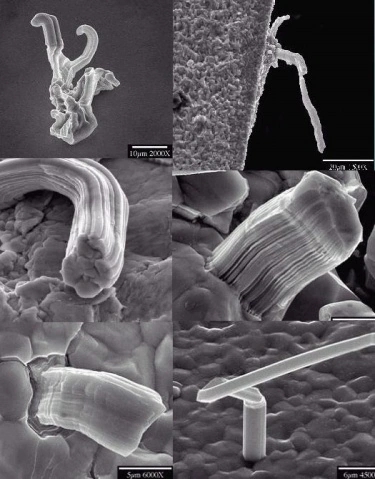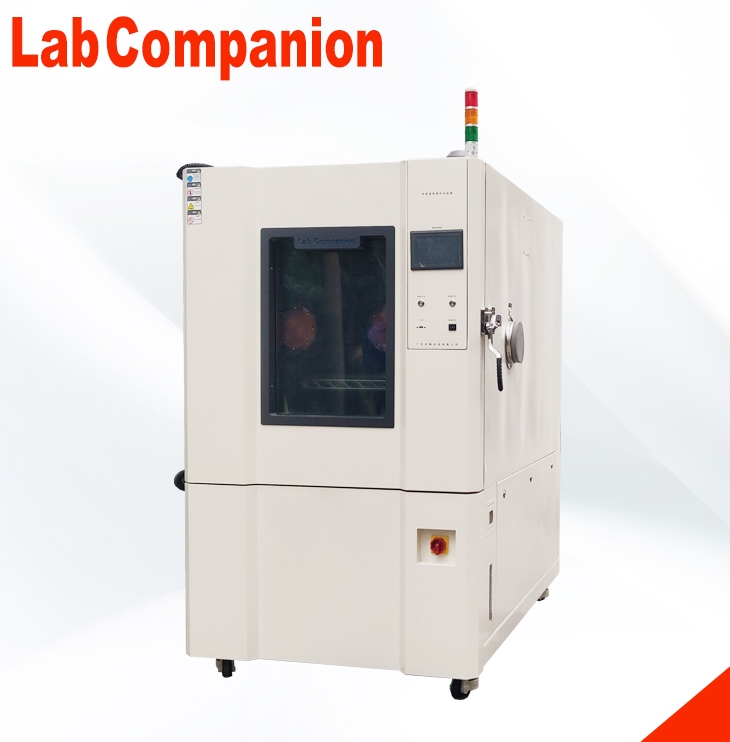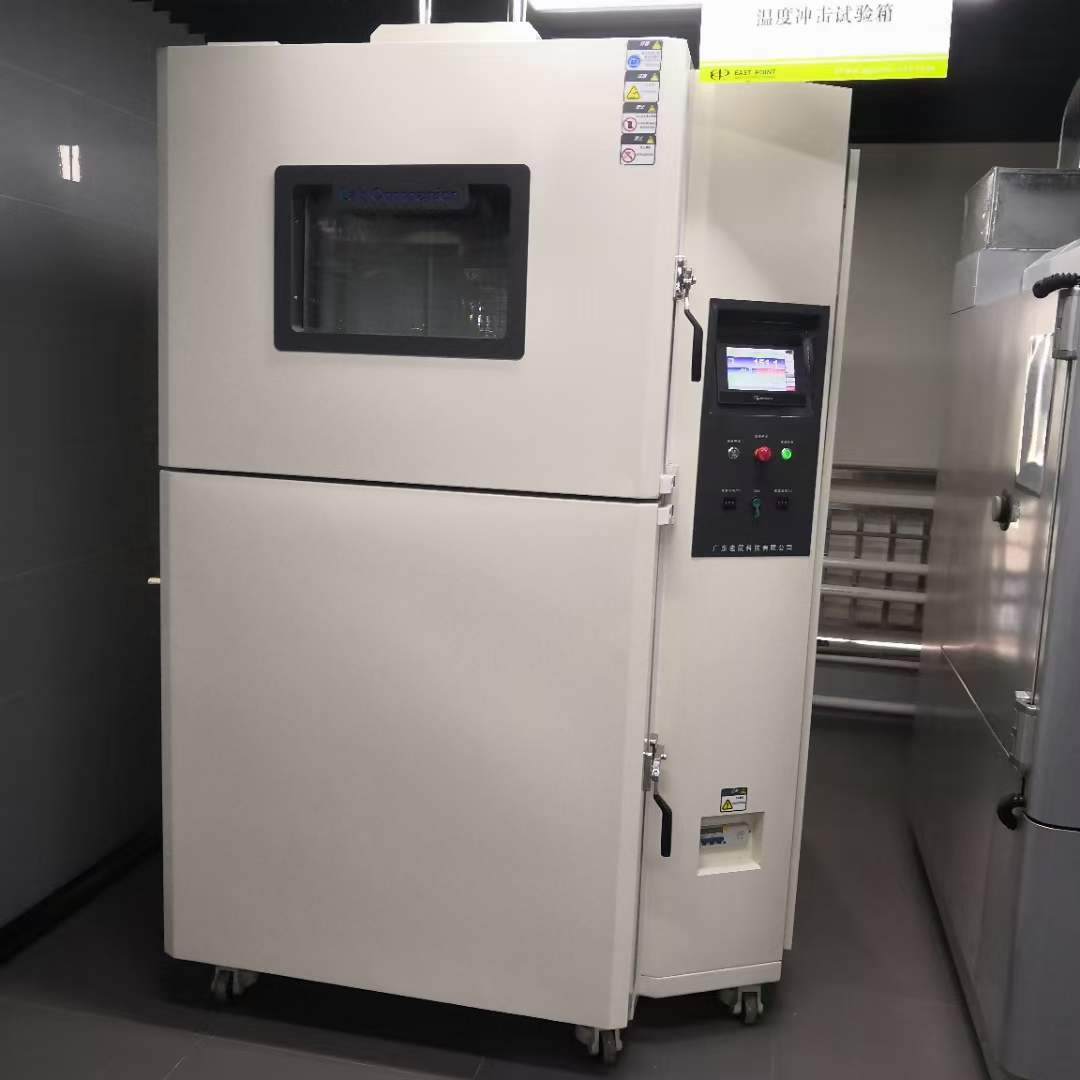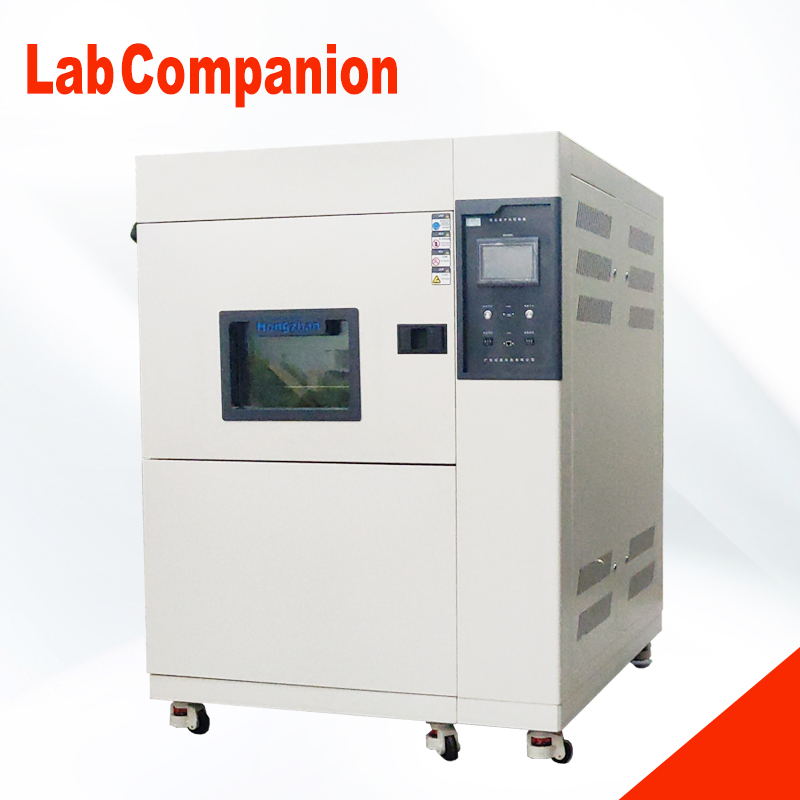Envoyez-nous un email :
info@lab-companion.com labcompanionltd@gmail.com-

-

Demander un appel :
+86 18688888286
Lors de la fabrication de composants sans plomb, afin de préserver leur soudabilité, un placage d'étain pur est souvent utilisé en remplacement de l'étain-plomb d'origine. Après un certain temps, l'étain pur formera des protubérances dendritiques. à température ambiante, appelés « tristiche d'étain » (whisker). La présence de tristiche d'étain est totalement différente de la migration ionique. Il est important de noter qu'une longueur excessive de tristiche d'étain peut provoquer un court-circuit entre les conducteurs ou les composants. Des normes de détection des tristiches d'étain ont été élaborées et des méthodes de test environnemental peuvent aider les entreprises concernées à tester la méthode d'inhibition des tristiches d'étain. La méthode permettant d'éviter la présence de tristiche d'étain est conforme aux exigences et normes applicables aux procédés sans plomb et aux métaux lourds. est urgent dans la construction haute densité de produits électroniques (téléphones portables, PDA, MP3, électronique automobile, etc.). Compagnon de laboratoire LTD. espère aider les clients à importer des tests de moustaches d'étain dès que possible, améliorer et renforcer la compétitivité de l'entreprise elle-même par la collecte et le tri des informations pertinentes.

(1) Il existe 13 facteurs affectant la croissance des moustaches d'étain
1. Taille des grains
2. Contrainte résiduelle
3. Stress externe
4. Matière organique comprenant : carbone, soufre, oxygène... Etc.
5. L'hydrogène et l'eau se rassemblent
6. Contrainte thermique
7. Champs électriques et magnétiques
8. Nucléation
9. Solution de galvanoplastie
10. Conditions de galvanoplastie : densité de courant, impulsion de galvanoplastie
11. Température
12. Humidité
13. Heure
1. Raisons pour lesquelles les moustaches en étain sont faciles à cultiver :
1. L'étain brillant permet de cultiver facilement des moustaches d'étain
2-1. La surface de l'étain pur est vulnérable à la croissance cristalline naturelle.
2-2. Plus l'étain est pur, plus le risque de formation de barbes d'étain est élevé.
3. Le stress chimique est la force motrice la plus importante pour la croissance spontanée des barbes d'étain
2 Définition de la moustache d'étain :
A. Longueur > 10 µm
B. Forme de section transversale cohérente
C. Il y a des tombeaux et des cornes
D. Rapport longueur/largeur > 2
E. Il est rayé
③ Méthode de calcul de la longueur des moustaches d'étain :
A. Méthode de mesure JEDEC-22A121
B. Méthode de mesure JEDEC-201 et IEC
④ Limitation de la longueur des moustaches d'étain :
<25 µm, <30 µm, <45 µm, <50 µm, <60umJESD201 Pour la longueur des exigences de la barbe d'étain, selon différentes méthodes de test, sa longueur est également différente.
(2) L'inhibition ou la réduction des moustaches d'étain peut être triée de 9 manières
1. Ajouter une couche barrière, telle qu'une couche de nickel, entre le cuivre et l'étain
2. Cuivre → nickel → Palladium → Or (formant une couche barrière)
3. Utiliser une grille de connexion en nickel-palladium
4. Étain enduit de brouillard (5 µm)
5. Étamage (10 µm)
6-1. Étain par pulvérisation ou placage d'étain (8 à 12 µm) dans les 24 heures, trempe (recuit) au feu (150 ℃) 1 à 2 heures (traitement de séchage)
(après cuisson)
6-2. Étamage (> 7,5 µm) + traitement post-séchage
7. Augmenter la teneur en argent dans l'étamage
8. La contrainte thermique introduite dans le processus de soudage doit être aussi faible que possible
9. Réduire la teneur en cuivre de l'étain pur ou l'exposition au cuivre
(3) Introduction de la méthode d'essai des barbes d'étain :
① Conservation à température ambiante :
1. Température ambiante du bureau, 1000 h
2. 20~25℃/30~80%HR, 1500h, 4230h
2. Stockage à haute température :
1. 55℃/2 ans, 3400h
2. 90℃/400h
③ Stockage de la température et de l'humidité :
1. 50℃/85% HR, 1500h
2. 51℃/85% HR, 3000h
3. 55℃/80~95% HR, 4230h
4. 55℃/85%RH, 2000h, 4000h (1000h vérifier une fois)
5. 60℃/85% HR, 4000h
6. 60℃/87% HR, 3000h
7. 60℃/90±5% HR, 3000h
8. 60±5℃/93 (+2/-3) %HR, 1000h, 4000h
9. 60℃/95% HR, 1000h, 1500h
10. 85℃/85% HR, 500h±4h
④ Choc thermique (TST) :
1. -55 (+0/-10) ℃←→85 (+10/-0) ℃, 20 min/1 cycle, 1 500 cycles (vérifier une fois pour 500 cycles)
2. 85±5℃←→40 (+5/-15) ℃, 20 min/1 cycle, 500 cycles
3. -35±5℃←→125±5℃, maintien pendant 7 min, 500±4 cycles
4. -55 (+0/-10) ℃←→80 (+10/-0) ℃, rester 7 min, 20 min/1 cycle, 1000 cycles
⑤ Cycle de température (RAMP) :
1. -40℃ (30min) ←→85℃ (30min), RAMPE : 5℃/min), 2000 cycles
2. -40℃ (15 min) ←→125℃ (15 min), RAMPE : 11℃/min), 500 cycles
3. -40℃ (15 min) ←→125℃ (15 min), RAMPE : 15℃/min), 54290 cycles
(4) Équipement d’essai :
A. Chambre d'essai à température et humidité constantes

B. Chambre d'essai de choc thermique

C. Chambre d'essai de cycle de température
